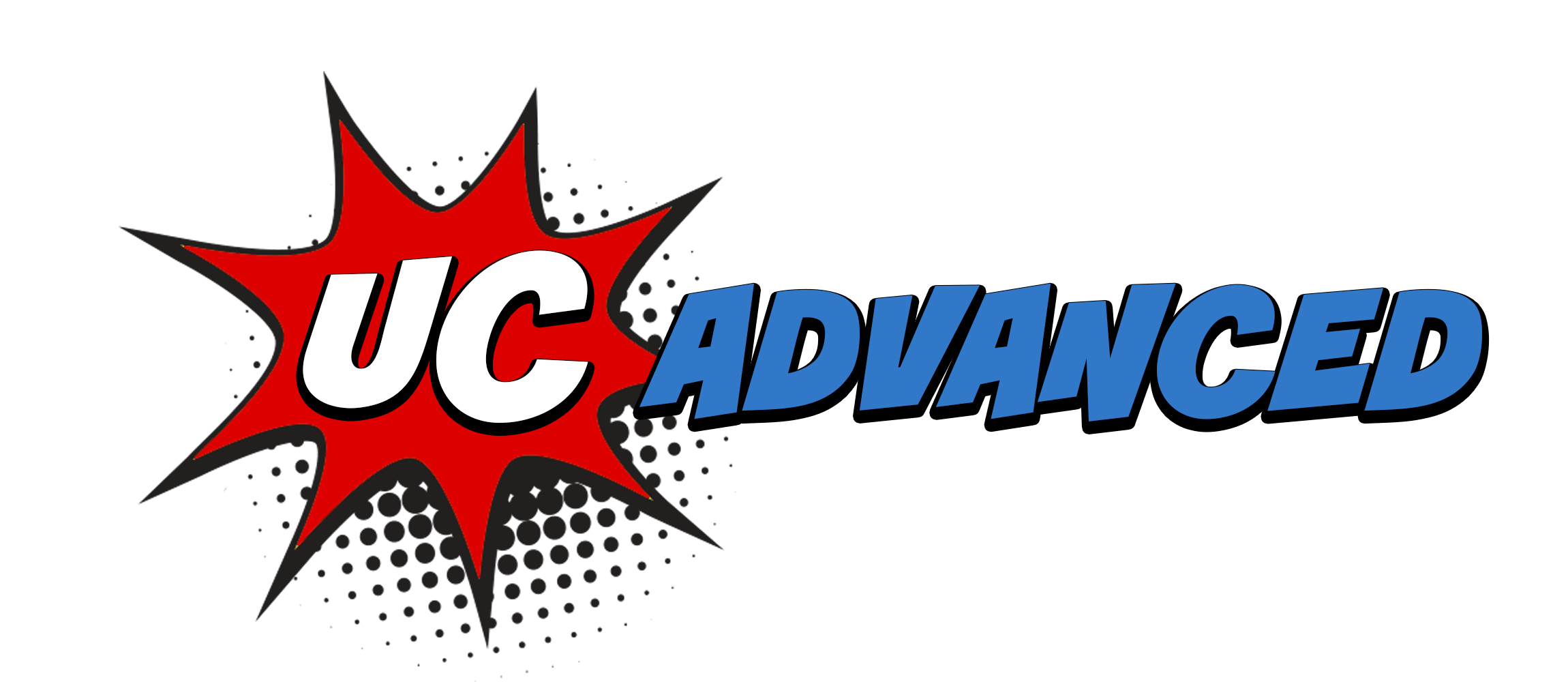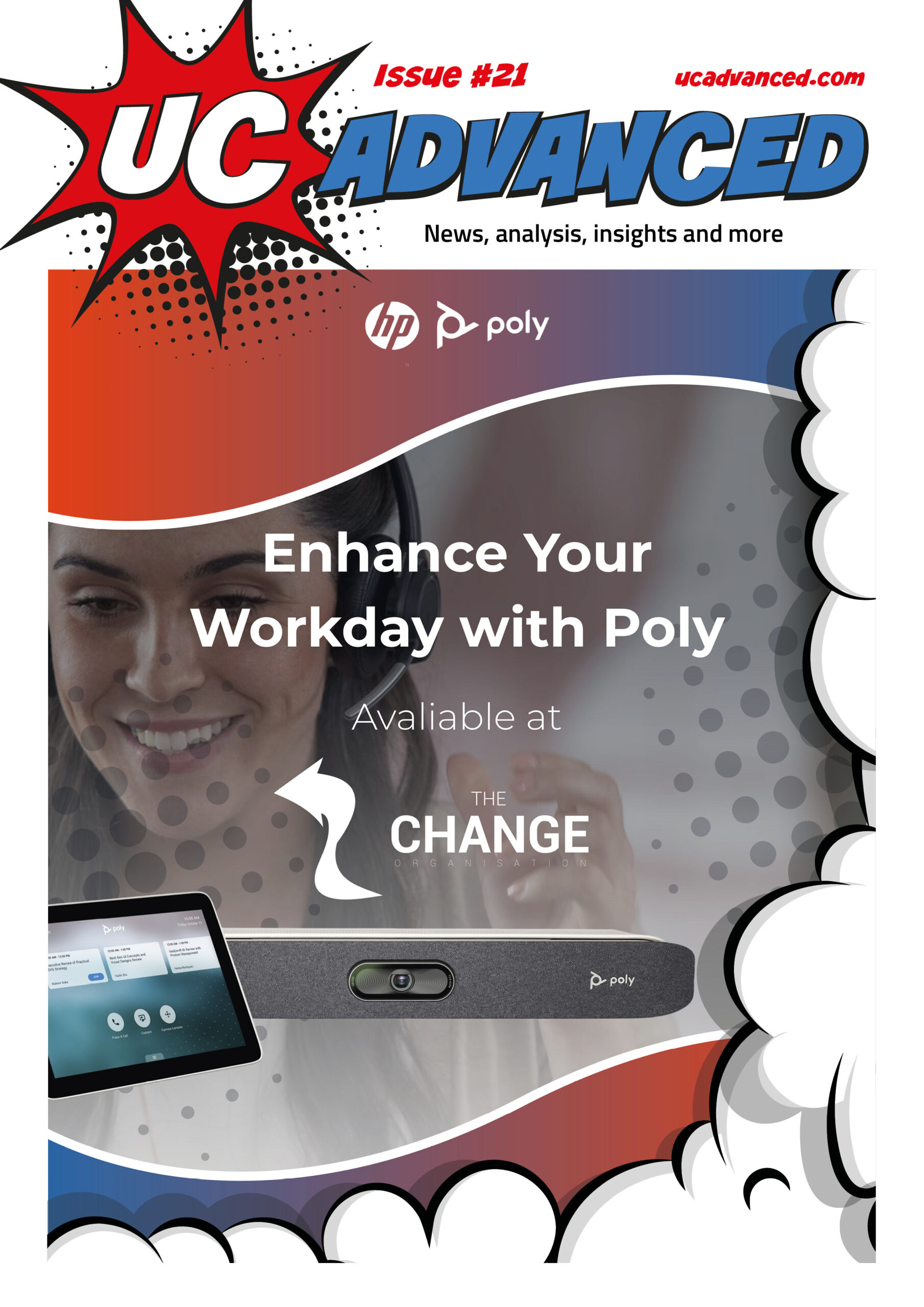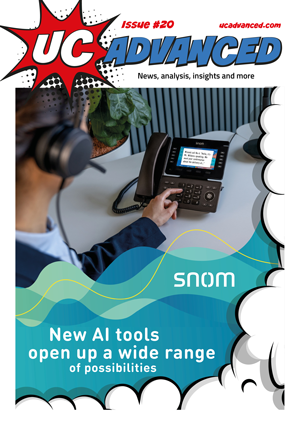Buying a new device for your office or home and knowing it’s been designed with the planet’s health in mind is the kind of peace of mind Barco is aiming to provide with its comprehensive “ecoscore” ranking – a transparent and all-encompassing measure of the environmental footprint of its products. Unlike typical labels that focus on just one aspect like power consumption or material usage, Barco’s ecoscoring delves into every aspect, from energy efficiency to recyclability, offering the purchaser clarity around sustainability choices.
Barco’s Footprint
Barco’s aim was to openly communicate about the footprint of their products and, having found no all-round scoring scale that covered different types of products, Barco developed ecoscoring. Barco ecoscoring is an objective tool that grades Barco’s products according to all aspects of their ecodesign performance, and it is regularly reviewed with Barco currently on version 6.1 of their ecoscore tool. Those products that rank highly on ecoscoring are quantified to have a lower environmental footprint and are thus marked with the ‘Barco Eco Product Label’.
Covering the Environmental Footprint
Barco’s technology encompasses advanced display and projection, image processing, connectivity and computational optics. The ecotool focuses on four areas that affect Sustainability – Energy, Materials, Packaging and Logistics, and Lifecycle.
Energy efficiency includes scoring against the product’s intended purpose, and hence functions that optimise power efficiencies such as standby, normal mode and off-mode are reviewed. Materials scoring is based on reducing (potentially) hazardous or restricted substances and having full supply chain transparency. This gives those designing Barco’s future products an aim to use materials that are more environmentally friendly in terms of production or sourcing, especially in areas that can incorporate recycled plastics and recycled metals. Throughout the product development process, Barco’s Research and Design departments are challenged to incorporate ecodesign into their decision-making.
Packaging areas of focus include reducing the amount of materials used in the product and the packaging, and focusing on the potential to use and recycle the packaging material afterwards. Logistics teams are measured on improving the logistical footprint with bulk shipments being optimised amongst other measures. The Lifecycle element considers reducing the impact of end-of-life and the associated amount of non-recyclable materials, including spare part availability and ease of repair. It explains why Barco puts a strong emphasis on modularity and upgradability.
Barco’s Green Product Label
The ‘Barco Green Product label’ is reserved for products that excel on at least two domains in the ecoscoring methodology, provided that the performance of the other two domains are at least as good as industry benchmark.
If a product complies with current eco design regulations for one single domain the product must excel on the 3 other domains to obtain the Barco Green Product label. In any case Green Barco Products are best in class regarding energy efficiency.
The score represents the product performance at product launch or after a major product change.
Customer Value
Having a Barco ecolabel allows the reseller or end user to choose products that have been assigned a score based on Barco’s ecosccoring system. This thoughtful approach makes not just buying tech, but living with it, a greener and more sustainable experience. Whilst the scoring system may not be understood by the customer at first glance, Barco believes that products bearing the ecolabel will have a lower TCO (Total Cost of Ownership) because they are best-in-class when it comes to energy efficiency and longevity. Furthermore, they are designed to ensure modularity, upgradability and connectivity, re-use and recyclability.
Barco has recently taken more action than Ecolabelling and has taken steps towards carbon-neutral labelling too. The Barco ClickShare Bar has been granted a carbon-neutral label by leading climate advisory organisation CO2logic, a South Pole company and is the second ClickShare product to receive the carbon-neutral label, after the ClickShare Conference CX-50 2nd generation. The ClickShare Bar contains 35% recycled plastics and the cardboard packaging is made of 86% recycled and 98% recyclable materials. Jan van Houtte, EVP Meeting Experience at Barco, shares “We recognise businesses must fundamentally reassess their environmental footprint. ClickShare takes a proactive, innovative approach and helps customers achieve their carbon-neutral targets for a greener future in the meeting room. With the first carbon-neutral video bar for wireless conferencing, we solidify our position as green pioneer in the collaboration market.”
Out of Scope not Hope
Out of Barco’s ecoscoring system are modules, semi-finished products or products that are part of a larger system, non-Barco branded products and non-electronic products. Non-Barco branded electronic products can be scored on a voluntary basis to validate their sustainability performance.
Hopefully, more companies in the future embrace a “Barco-like” or Barco’s ecoscoring tool to develop a global ecolabel that customers can universally identify with. At the moment though, it appears as though Barco are leading the way.












